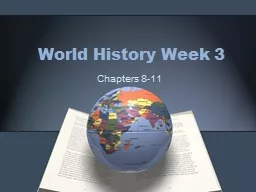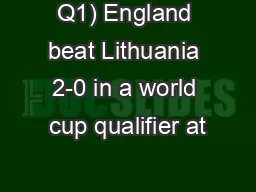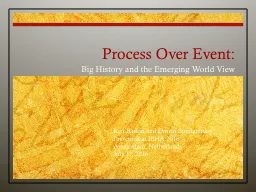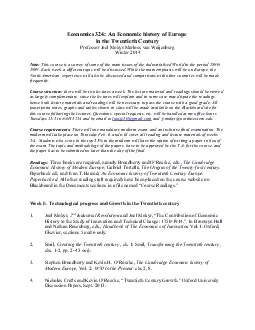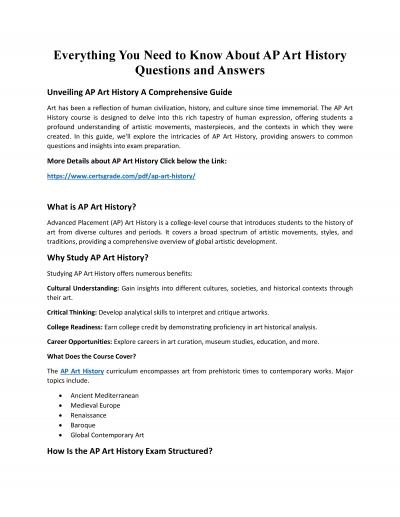PPT-World History Week 3
Author : liane-varnes | Published Date : 2016-03-16
Chapters 811 The Middle of the East A Brief History of Persia While Europe was having its own struggles the Middle East was constantly warring for control The first
Presentation Embed Code
Download Presentation
Download Presentation The PPT/PDF document "World History Week 3" is the property of its rightful owner. Permission is granted to download and print the materials on this website for personal, non-commercial use only, and to display it on your personal computer provided you do not modify the materials and that you retain all copyright notices contained in the materials. By downloading content from our website, you accept the terms of this agreement.
World History Week 3: Transcript
Download Rules Of Document
"World History Week 3"The content belongs to its owner. You may download and print it for personal use, without modification, and keep all copyright notices. By downloading, you agree to these terms.
Related Documents

